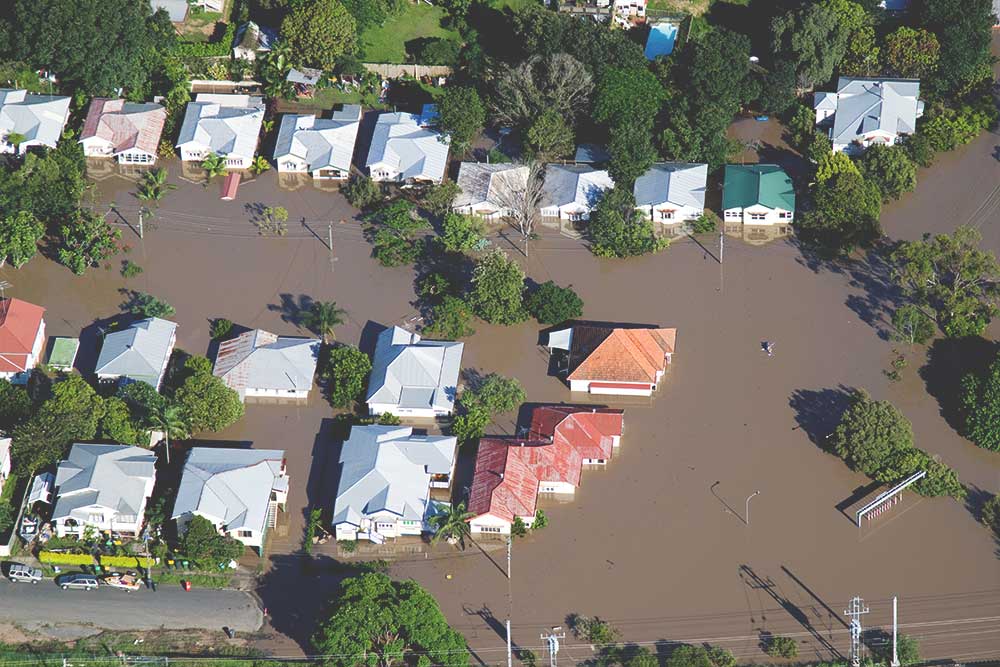Effective May 21, 2023, P&N has joined EisnerAmper. Read the full announcement here.

Last updated on 4/30/2020
In prior articles, we highlighted the various funding sources available for healthcare providers. On April 24, 2020, with President Trump’s signature of the Paycheck Protection Program and Health Care Enhancement Act, $75 billion in additional relief funding was made available to reimburse eligible hospitals, health systems, and other providers for healthcare-related expenses or lost revenues not otherwise reimbursed that are directly attributable to COVID-19. With the receipt of funds, it is imperative for healthcare providers to track, monitor, and record cash, expenses, and lost revenues associated with the pandemic.
Healthcare providers should be knowledgeable of the requirements, terms, and conditions associated with each funding source, and take action now to properly account for funds received. The following are considerations for documenting expenses and lost revenue; however, healthcare providers should keep in mind their structure, unique risk areas, and available resources related to their accounting operations.
Expenses Related to COVID-19
- Create a separate general ledger account to track the receipt and disbursements of funds, as well as aid in tracking. If multiple sources of funds are received, create separate accounts for each source.
- Identify expenses associated with coronavirus response efforts and code to the new or separate accounts. Expenses may include care-related expenses, medical supplies, inventory, payroll for increased workforce and training, surge capacity, leasing of properties, etc.
- For those efforts that require significant outlay of funds, such as the building or construction of temporary structures, consider establishing separate cost centers to track costs associated with these efforts.
- Record all transactions in a timely manner and perform reconciliations on a frequent basis. Reconciliation should be performed for all sources of funding and include comparisons as some funding sources do not allow for the reimbursement of expenses that have been reimbursed from other sources or that other sources are obligated to reimburse.
- Develop a system to monitor funds spent on eligible expenses that will aid in the reporting required for compliance with conditions that are imposed on receipt of funds or payments.
Lost Revenue Related to COVID-19
- Gather and understand data that is available to your organization that will aid in calculation of lost revenue.
- Perform a financial analysis that compares pre-COVID-19 revenues with current revenues. The financial analysis should include specific details on revenue sources, such as change in volume of services provided (inpatient, outpatient, elective, etc.), number of available beds, patient volume, etc.
- Document your assumptions and conclusions that support the calculation of lost revenues, such as the time period used in the analysis and cash flow projections and forecasting. In the General Distribution Portal FAQs published on the Department of Health and Human Services website, HHS indicates that you may use a reasonable method of estimating revenue during March and April compared to the same period had COVID-19 not appeared. Examples provided include the difference between budgeted revenue and actual revenue, or comparison of revenues for the same period last year.
- Maintain detailed documentation related to the reasons why revenue was lost and directly attributed to COVID-19.
Healthcare providers should continue to monitor relief fund information and consult with your advisors on any updates that may impact funding or payments.
How P&N Can Help
Our experienced team of healthcare business advisors can help provide realistic projections of activity, resulting revenues, potential cost impacts, and liquidity concerns, as well as assist in planning for cash flow maintenance by leveraging access to credit, government programs, revenue cycle management, and careful compensation planning. The following are some examples of how we’ve helped our healthcare clients:
- Financial projections/cash flow planning:
- Model likely revenue declines.
- Project required changes in operations, expenses, staffing, compensation, scheduling, partner cash draw/deferral, capacity, supplies and equipment, and other pertinent factors.
- Operations re-engineering:
- Target staffing levels and furlough plans.
- Remote planning for revenue cycle management.
- Collaborations on purchasing.
- Properly leveraging government stimulus programs.
- Providing interim executive-level support (e.g., CEO, COO, CFO).
Healthcare providers are in unchartered territory. If P&N can assist your team in surviving and recovering from the pandemic with sound financial and operational strategies, please reach out.



.jpg)